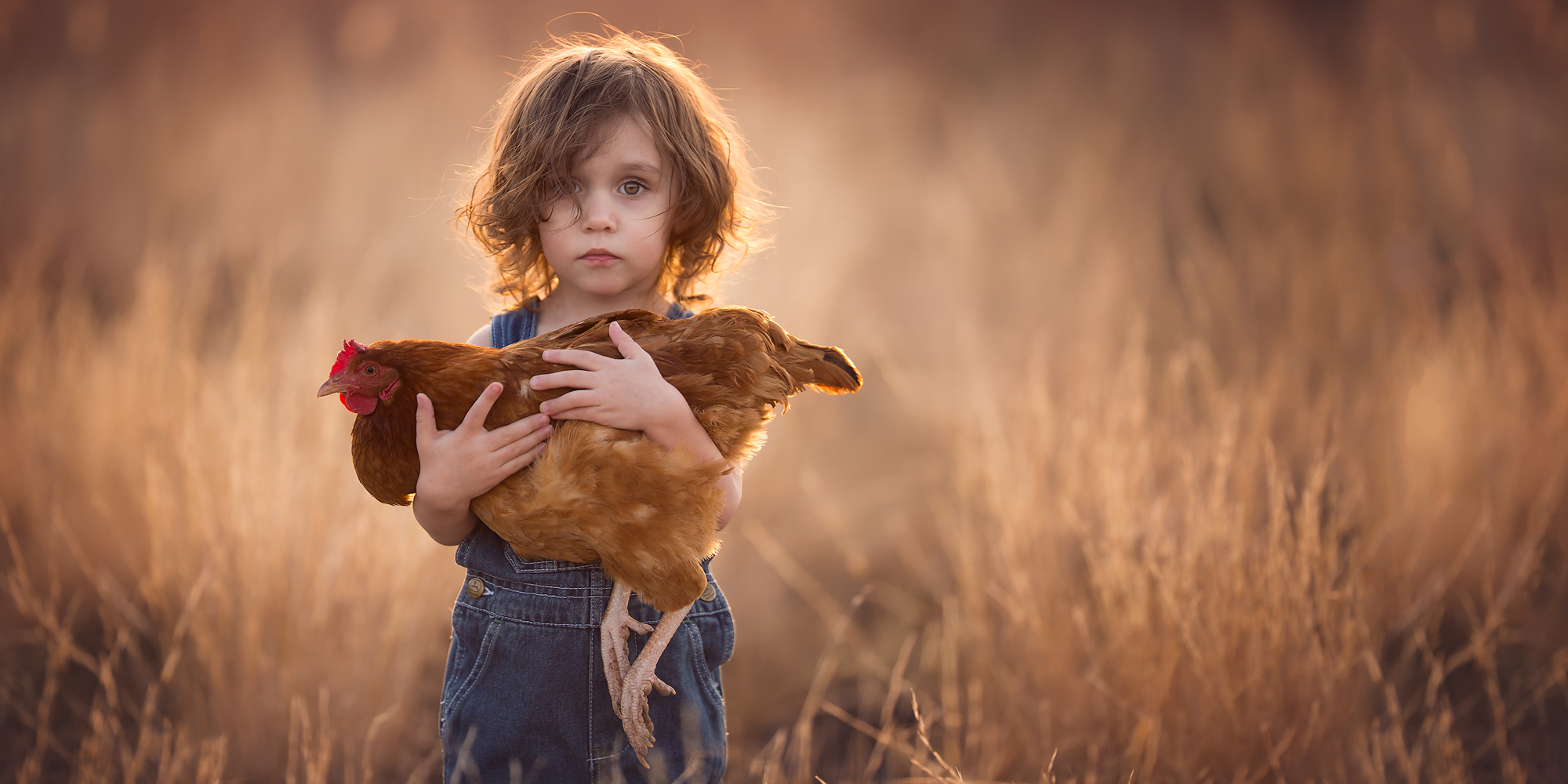The technique of silhouetting can be used to add glamour and intensity to many everyday photographs – including still life’s, vacation pictures and even family photographs. Handled properly, the technique will inject excitement and drama into standard photographs.
Since it is concerned only with the overall form of a subject, the silhouette can be described as a well-defined, black shape that stands out against a brightly lit, uncomplicated background. Because of its visual simplicity the silhouette has remained one of the most often used effects in spite of the deluge of special effects gadgetry that is available to today’s photographer.
A picture of a sailboat silhouetted against the setting sun, a fireman battling a blaze, or a solitary figure walking along a beach are all familiar examples of this technique. Each photo works well because the silhouette adds to the mood of an already strong image, intensifying the mood with a sense of tranquility, danger, or loneliness.
 I’ve had this since I was kid, my grandma would make them for every time I went to her house. It brings back the memories. I’d eat like a lot whenever she made them. The way how she made them was the best, it’s better than the restaurant in my opinion
I’ve had this since I was kid, my grandma would make them for every time I went to her house. It brings back the memories. I’d eat like a lot whenever she made them. The way how she made them was the best, it’s better than the restaurant in my opinion
 Sopes are the best, whenever I get them. There are just so good to eat, I’d say everyone should try this food. It’s just best to eat. How it relates to my culture is that my mom use to make them when I was younger. You’ll mostly see this food in Mexicans restaurants.
Sopes are the best, whenever I get them. There are just so good to eat, I’d say everyone should try this food. It’s just best to eat. How it relates to my culture is that my mom use to make them when I was younger. You’ll mostly see this food in Mexicans restaurants.






